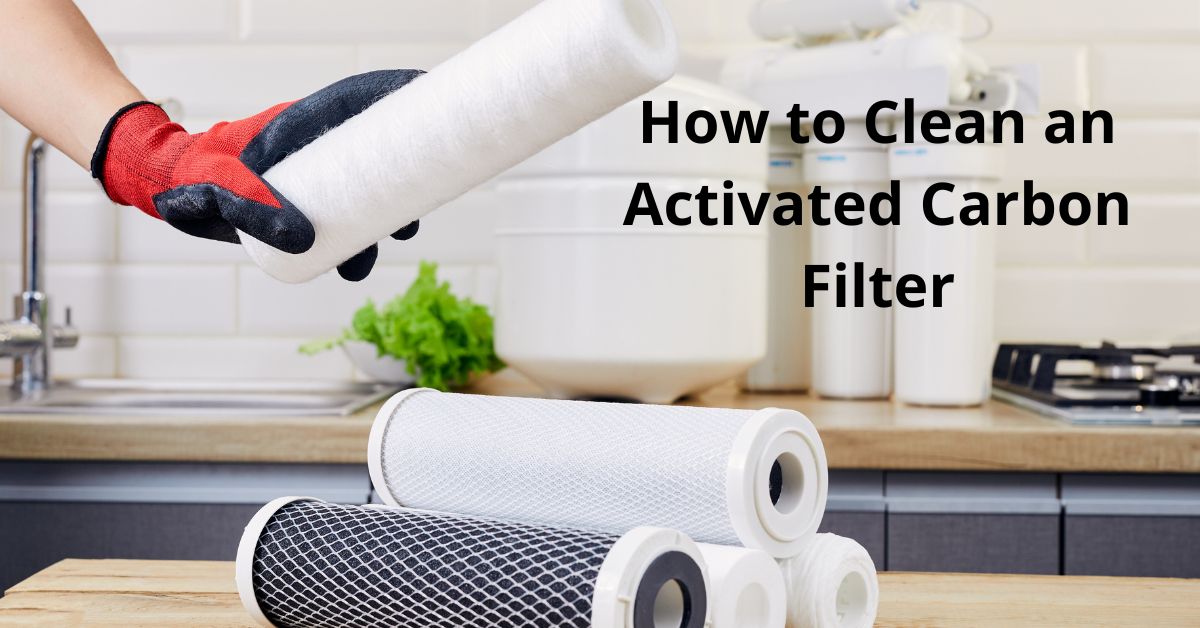Activated carbon filters are one of the most common types used in gravity water filters, reverse osmosis systems,
under sink water purifiers, pitchers, and other applications. But after some time, they can become clogged and stop working efficiently. Here’s a guide on how to clean activated carbon filters to restore performance.
When to Clean Activated Carbon Filters
Over time, activated carbon can accumulate sediment, scale, organic contaminants, bacteria, and other buildup that impedes flow and filtration. It’s a good idea to periodically clean carbon filters every 6–12 months or when you notice:
- Reduced water flow and pressure
- Change in taste, odour, or appearance of water
- Failure to adequately remove chlorine or other chemicals
Simple Rinsing
For basic filter maintenance, you can simply rinse activated carbon media under running water to wash away loose sediment and particulate. Swish the carbon grains gently during rinsing.
Soaking in Solution
For a deeper clean, make a solution of warm water, lemon juice, and salt. Soak the activated carbon for an hour, swishing occasionally. The acidity helps dissolve mineral scale, while the salt abrasion scrubs the carbon surface. Rinse thoroughly.
Hydrogen Peroxide or Vinegar
To help sanitise and deodorise, some use dilute hydrogen peroxide or white vinegar instead of lemon juice. Let the carbon soak for an hour before rinsing. Avoid bleach solutions, as they degrade the carbon.
Avoid Scrubbing
Never aggressively scrub carbon media, as it can damage the porous surface needed for filtration. Gentle swirling during soaking is sufficient. Handle carbon carefully.
Reactivate in the Oven
If basic cleaning fails to restore filtration capacity, try “reactivating” carbon in the oven at 120°C for 30 minutes. This burns away organic contaminants. Replace if still underperforming.
With regular maintenance cleaning, activated carbon filters will provide consistent water filtration and protect the membrane of reverse osmosis systems. Always replace any housings, washers, etc. during maintenance. A clean filter means clean, healthy water.




